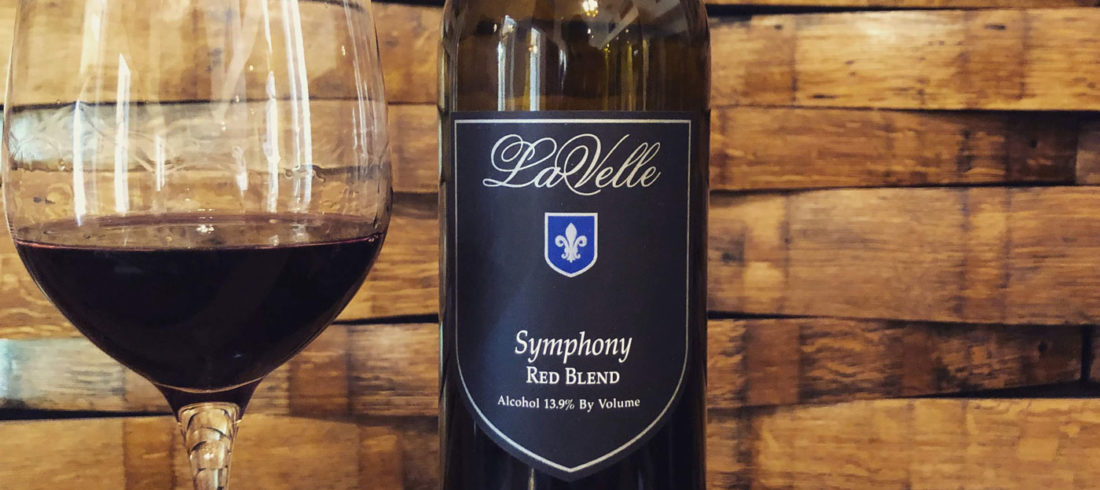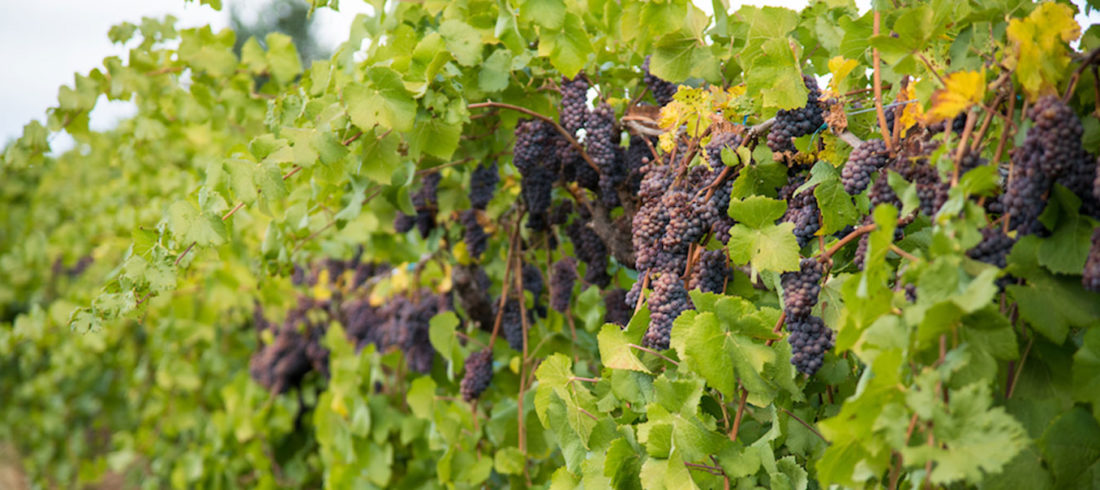Doug LaVelle bought the property that would eventually become LaVelle Vineyards in 1994. Once President of General Telephone & Electronics’ international operations, LaVelle caught the wine bug after 30 years in the corporate world. He acquired land still boasting vines from 1968, when Lee Smith put down some pinot noir vines—clusters that continue to produce grapes.
Smith had evolved a custom-crush business model that required more technology than his market could bear. The business folded and LaVellle and company stepped in. It took some time and considerable work to create LaVelle Vineyards and its visitors’ center, a modest structure timbered from indigenous trees and held on its moorings by stone quarried from Idaho. It beckons “welcome,” and everything is where it belongs, including the wines.

The LaVelles are nice folks with a nice property, where they’ve planted approximately 15 acres. They boast a varied portfolio of wine produced in modest case lots—human-scale Oregon winemaking. They’ve limited the output and focused on the varietals that thrive in the Willamette Valley dirt.
The area seems amenable to plantings of pinot blanc, pinot gris, pinot noir, and rieslings, the latter of which is generally regarded as the first viticultural cash crop of Oregon, introduced to the territory prior to its joining of the Union in 1859. The result—LaVelle’s planted acreage is able to produce its total annual output of 2,500 cases.
The 2016 estate white pinot noir has little skin contact, but one, with a little effort, guesses the middleweight white has some depth of its red sibling, but with softer tannins bringing out notes of Fuji apples mid-palate and a lingering finish not at all cloying. It’s a rare bird, so if you hit the winery at the right moment, you can savor this novel libation.

The Symphony red wine blend includes tempranillo from Umpqua Valley and malbec and merlot from other vineyards in Washington. Plenty of chocolate upfront and lots of meaty flavors on your mid-palate, with a nice finish that won’t overstay its welcome. The second offering, their 2015 Duet, pairs pinot noir and malbec. This one needs air—I would transfer it to a carafe or pitcher so it has a chance to breathe before serving. This wine really opens up its heart, like many young pinot noirs, if given the chance. The malbec is a corollary, putting some under-girding into the blackberry and cherry notes I picked up in the intervals as this blend adjusted to my company.
Both rieslings acquit themselves well. Rieslings tend to have a lower alcohol content (around 11 percent), and are best when their intrinsic apple, pear, and pale, fruit-blossom notes don’t run away from acidity and mineral balance. Some rieslings are bone-dry, as I prefer, and others—except late-harvest dessert wine—are whisperingly sweet. This is, after all, riesling-friendly land.

I still have the 2016 tempernillo, empty on my wine bar, just to remind myself how complex a wine of medium body can be. It’s a new release, so make an effort to acquire several bottles before they’re all snapped up.
The wines described here retail from $18 to $40, without club discounts. I would lay up the blends for one to three years, and am very curious about how the Duet blend does after awhile. Wines this agreeable merit your exploration.
LaVelle Vineyards
89697 Sheffler Rd., Elmira
Sun-Fri, 12 pm-5 pm; Sat, 12 pm-8 pm

